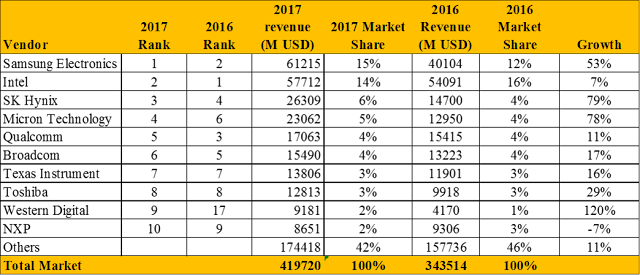Apple’s chip manufacturer TSMC today broke ground on its first 5-nanometer fabrication facility in Taiwan, promising that 5-nanometer chips will be commercially available in 2020, with 3-nanometer chips planned for 2022. The tiny new processors will guarantee that future smartphones continue to shrink while offering superior performance and battery life to today’s models.
First shown in physical form by IBM and Samsung last June, the 5-nanometer chip process is capable of squeezing 30 billion transistors — digital on-off switches — into fingernail-sized chips, doubling or tripling the transistor counts of 10-nanometer chips. TSMC’s 5-nanometer process uses extreme ultraviolet lithography, requiring an expensive super-fine laser that has only recently become commercially viable.
Source: VentureBeat LINK














